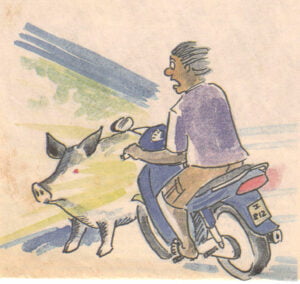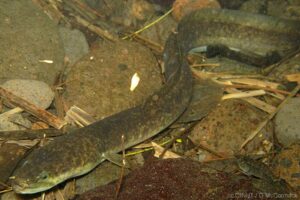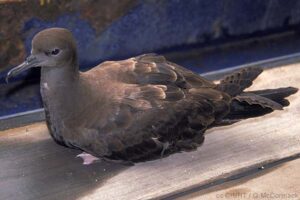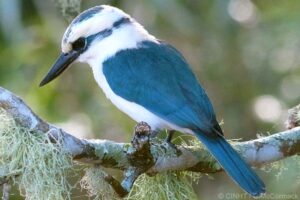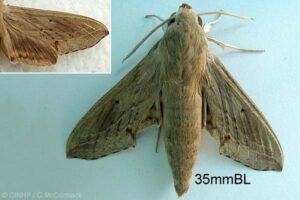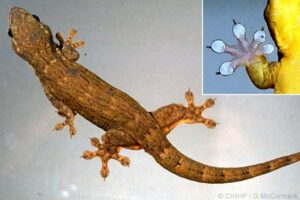Gerald McCormack, CINHT
The Cook Islands has a rich tradition of working with spirits. In ancient times all misfortune and ill-health were attributed to spirits who consisted of a plethora of Gods (Atua/Aitu) and the countless souls of deceased people (vaerua tangata).
Life revolved around the priests (ta‘unga) who could communicate with the spirits and negotiate some form of appeasement, such as a change in behaviour, sacrificing a pig or, in extreme cases, a person. For example, Mangaia prehistory was a succession of intrigues and battles to establish the supreme ruler for the island and the successful candidate arranged a human sacrifice to the god Rongo to assure peace during his reign.
In this article we look at some of the animals used by the visiting spirits of deceased people (tūpāpaku) and in ancient times by visiting Gods (Atua/Aitu).
“That isn’t really a pig”
In the 1970s anthropologist Christian Clerk recorded many spirit stories including one from an informant who had been riding his motorbike at night through Te ‘Utu-o-Apera in Upper Tūpapa: “Suddenly, there was a big pig right in front of me. The bike hit it and I fell off. The headlamp was broken. When I got up I couldn’t see the pig. Next day I told some people who live around there. They said, ‘You saw it. That isn’t really a pig, it’s usually a cow.’ They meant it was a tūpāpaku. There are plenty of stories about things that have happened at that place.”
In this case the spirit took the form of a pig with mischievous intent. In a similar way Ta‘akura, a tūpāpaku who takes the form of a red-headed woman, has been reported mainly around Muri. Many years ago, Ta‘akura killed herself over an unfaithful boyfriend or, in another account, was killed by a gang of rejected suitors. As a tūpāpaku she seeks revenge on men by luring them into danger. A third area popular with spirits is around Tuoro or Black Rock, which was traditionally a reinga or leaping-place for the spirits of the recently deceased to enter the underworld.
In addition to favouring certain areas, spirits have traditionally been more active on certain nights of the lunar cycle or ‘arāpō. For example, on Rākau Ta‘i (18th night) and Roto Rākau (19th) spirits were more commonly encountered by fisherman at sea.
Freshwater eels
One of the most well-known ancient stories involves a freshwater eel. ‘Ina or ‘Ina-moe-Aitu lived near Tamarua on Mangaia and bathed in a nearby stream. Sometimes an eel rubbed against her legs and one day the eel transformed into a handsome youth who explained that he was Tuna, the eel-God. They became lovers.
One day Tuna announced that they must part, but in memory of their love he would give her people a gift. He explained that there would be a flood in which he would swim to her hut on the hill where ‘Ina was to chop off his head, bury it and then visit the site everyday. The flood came and ‘Ina played her part and after many days the first coconut palm grew on that spot. To this day, the shell of the coconut has the two eyes and mouth of Tuna on the base.
Giant Longfin Eel or Tuna Pupu is the largest freshwater eel of the Cook Islands, often reaching over a meter in length. This species typically lives in streams from near the mouth to mid-elevation.
Birds of the night
Petrels and shearwaters are birds that spend weeks or months at sea and typically only come ashore during the breeding season at night. The Wedge-tailed Shearwater or Ūpoa is rare but well-known on most islands because of its very distinctive call, which is an uncanny imitation of a crying baby. There is no significance in a call or two as an Ūpoa flies over during the night but if it calls repeatedly over the same area it is a harbinger of death in a noble family. It is one of the few times when being a commoner or tangata iti is worthwhile. Another night-bird sometimes associated with spirits is the Black-winged Petrel, the Tītī or Tītīrākoa, which has a “te-te-te-te-te-te-te” call. This fernland nesting bird, which was once common on Mangaia and ‘Ātiu, is now very rare because of predation by feral cats.
The Kingfisher
On Atiu the Chattering Kingfisher or the Ngōtare can be the harbinger of an imminent death within the nobility, although at other times it can bring good news. This bird was involved in the discovery of the beautiful cave of Anatakitaki, which is one of two caves where Atiu Swiftlets or Kōpeka roost and nest.
In ancient times, the chief Paroro discovered that his wife had been unfaithful and beat her. Inutoto ran away and lived for months as a hermit in a cave in the rugged makatea and eventually the community decided that she had died. However, Inutoto composed a song about the loss of her husband and her god Tu heard her plea. He sent a Ngōtare to Paroro which eventually convinced him to follow and the bird lead him to discover Anatakitaki and to be reunited with his wife. Different versions of Inutoto’s lament are still well-known.
One version reverses the roles in the conflict with Inutoto accusing her husband of having affairs and after an argument she hides in the makatea forest to scare him. Unfortunately she got lost and despite months of searching Paroro couldn’t find her. Eventually Tangaroa took pity on Paroro and sent a Ngōtare to lead him to Anatakitaki to be joyfully reunited with his near-starving wife.
Insects as messengers
There is a Mangaia proverb “The spirit-cricket is chirping” (Kua tangi te Vava) which refers to the chirping of the Pacific Scaly Cricket or Vava as signalling the presence of a spirit. In ancient times it was thought to be a warrior spirit calling his friends while to others it was thought to be the voice of the god Tane. In more recent times it is just a deceased ancestor watching or warning about events within the family. The call has been described as “kere-kere-tao-tao”.
Image caption: Pacific Scaly-Cricket or Vava. The male of this flightless cricket uses its reduced wing-covers to make its courtship call. While female crickets can orientate to the singing male, people are confused by this great ventriloquist.
The largest local moth, the White-brow Hawkmoth or ‘Iriano can visit houses possessed by a spirit of a deceased relative who is keeping an eye on events or warning members to behave better.
Lizards as messengers
The day-active glossy skinks are apparently not used by spirits, while the nocturnal, goggle-eyed geckos are. When one of the traditional house geckos, the small Mournful Gecko or the large Polynesian Gecko is noisy it can indicate that it is possessed by a spirit who is watching or warning family members to stop misbehaving.
In ancient times spirits were the main cause of ill-health and misfortune. Nowadays, with a few exceptions, they are well-meaning and encourage people to be better behaved towards other people.
Special acknowledgements and notes. Illustration by Kata. Christian Clerk, Anthropologist, MS 13 Mar 1976










